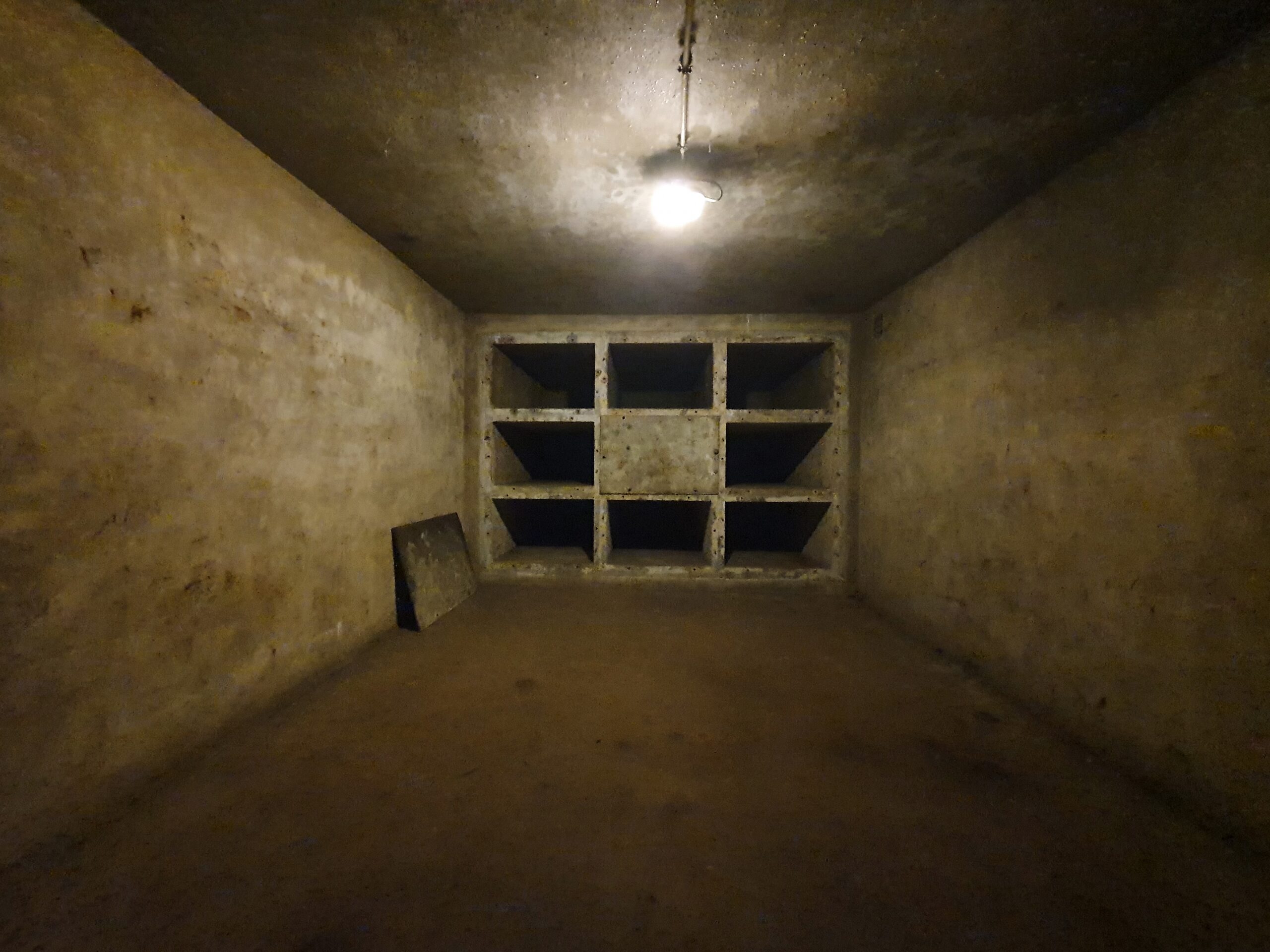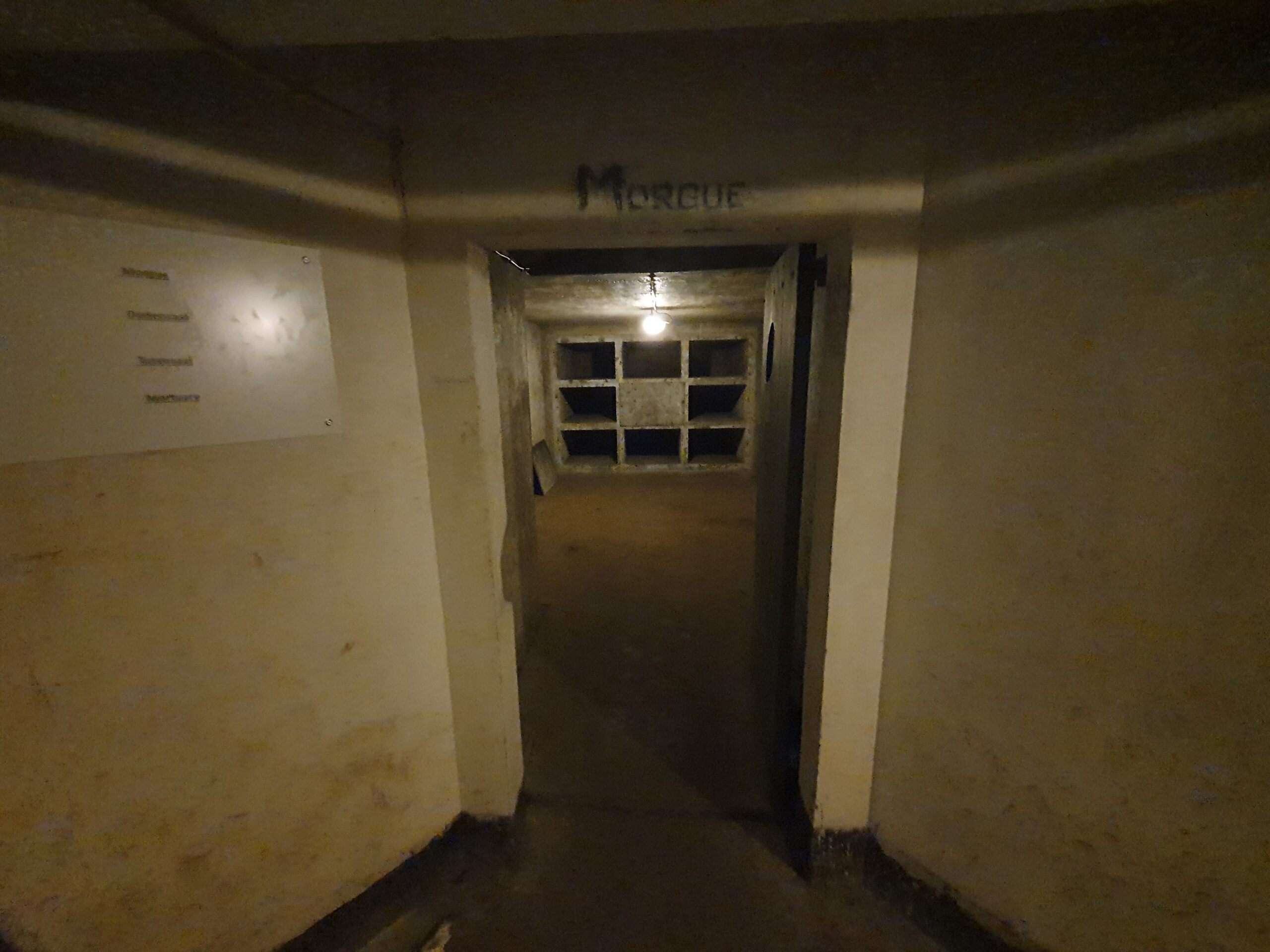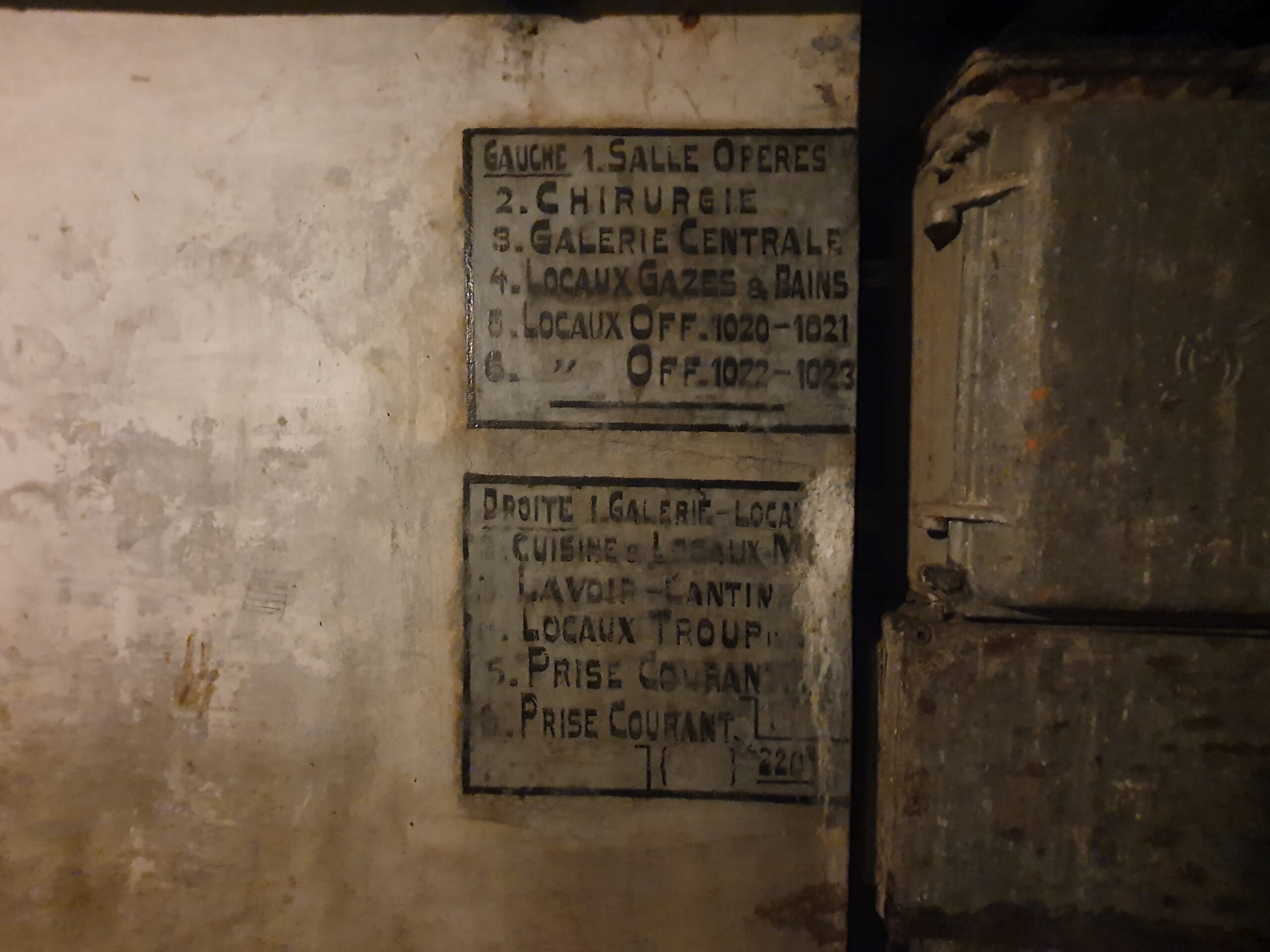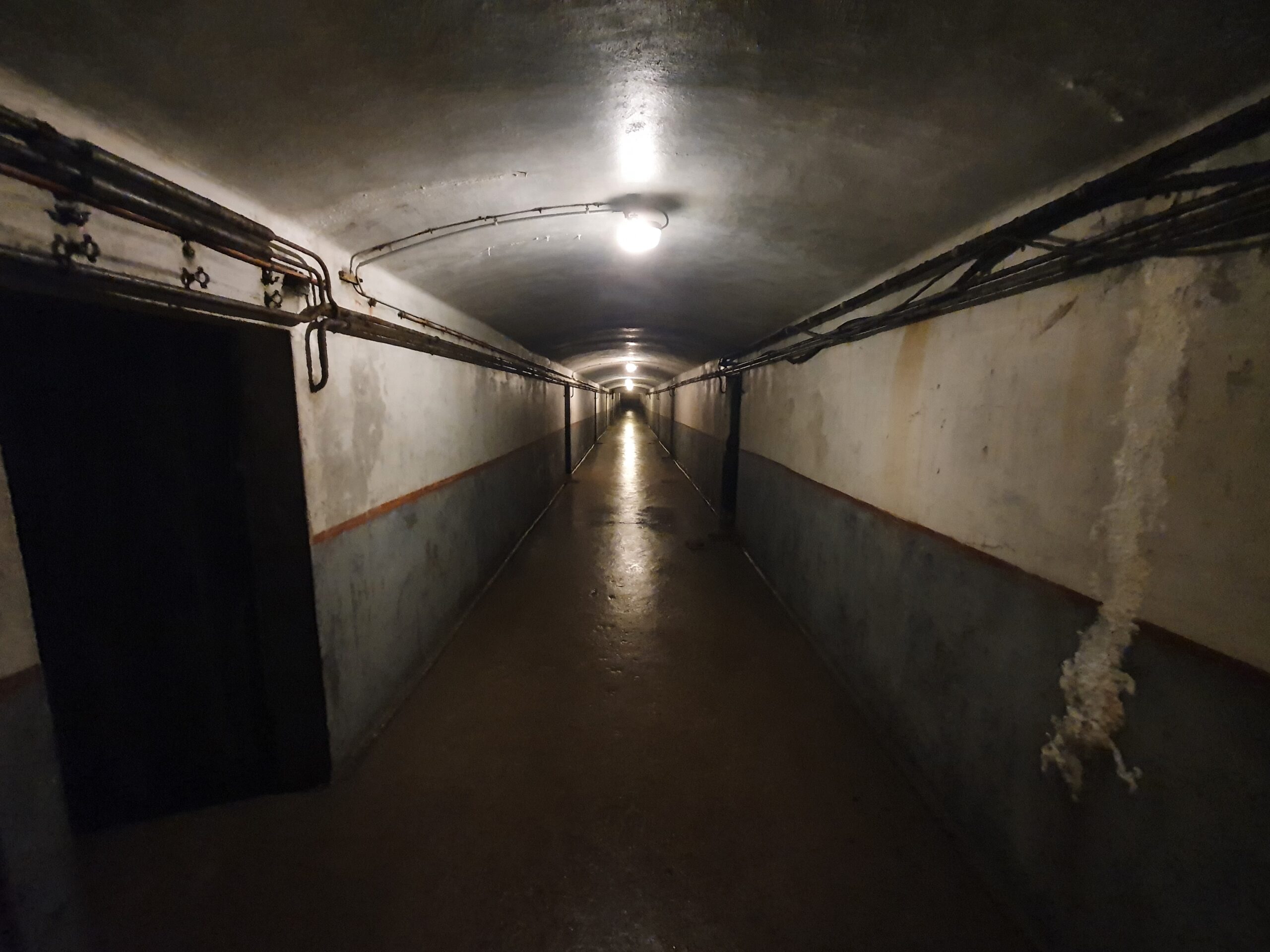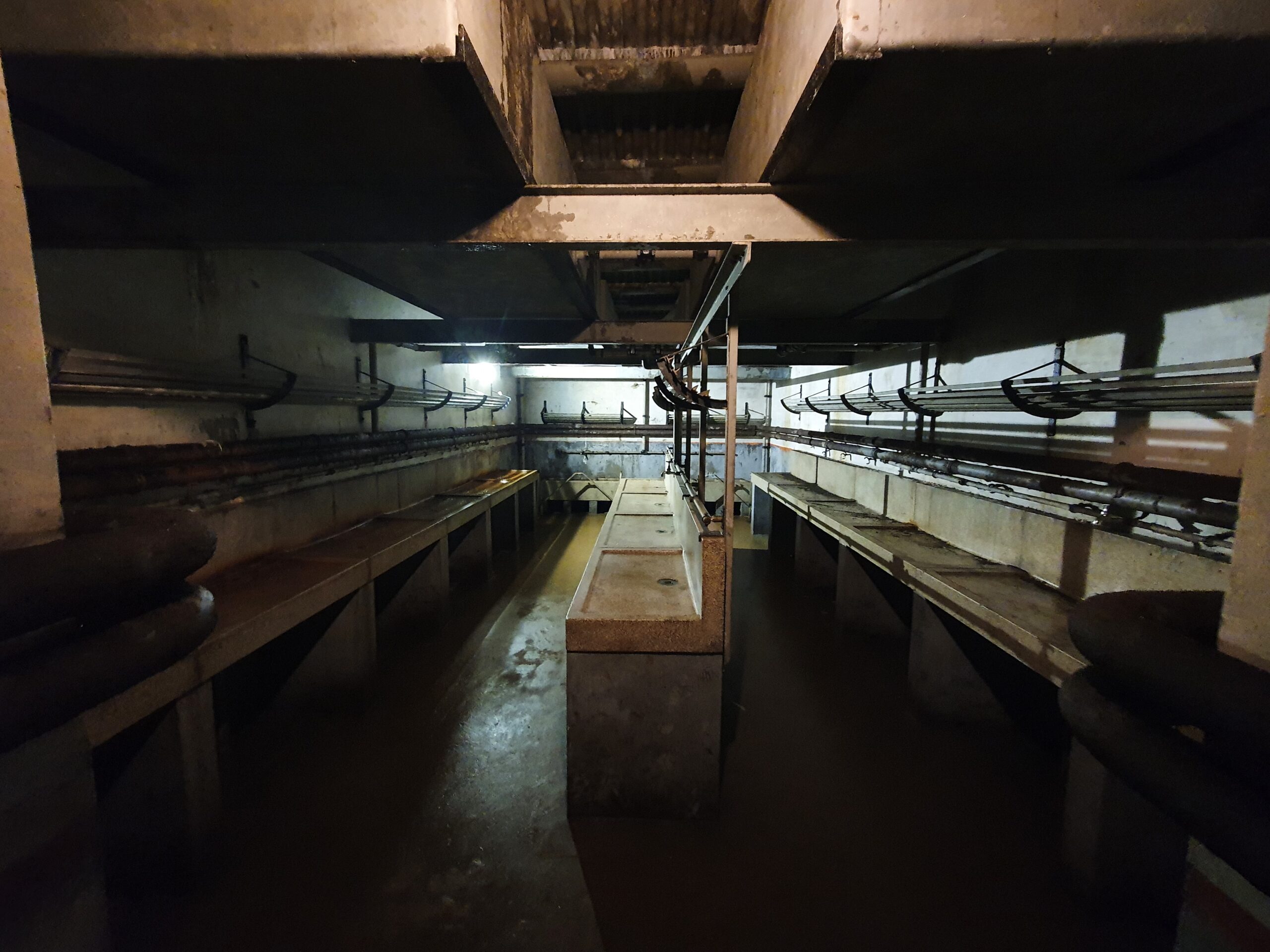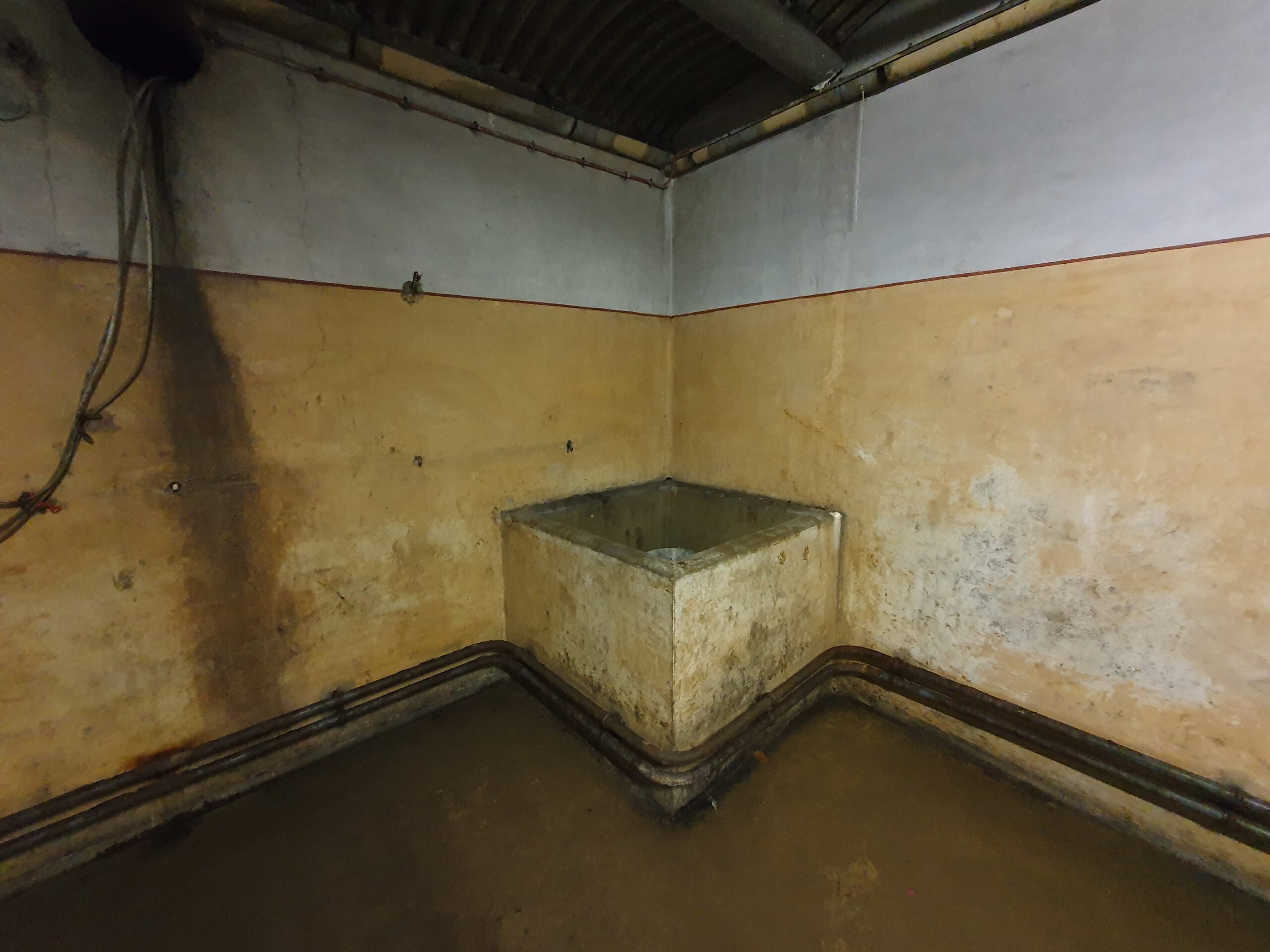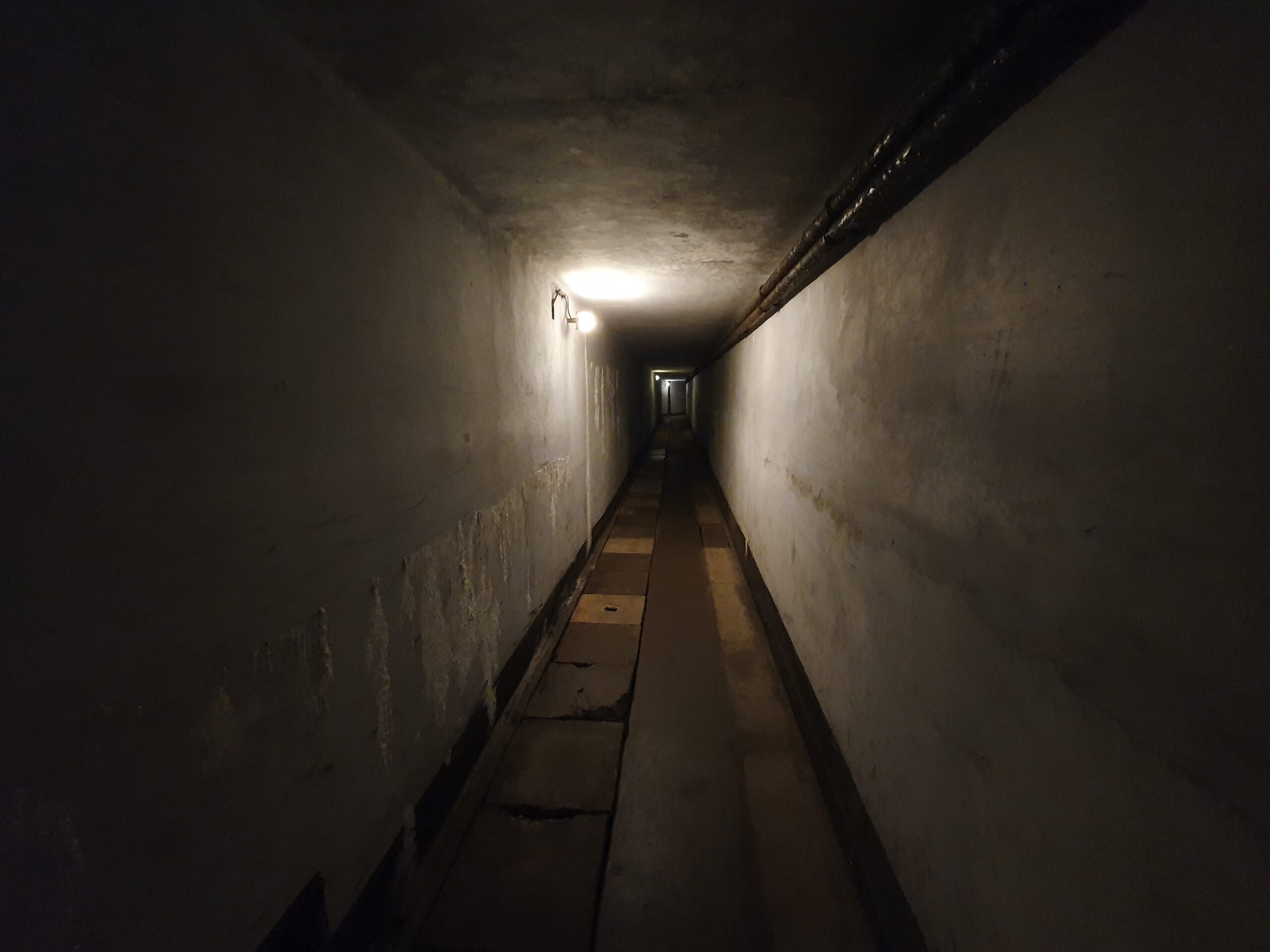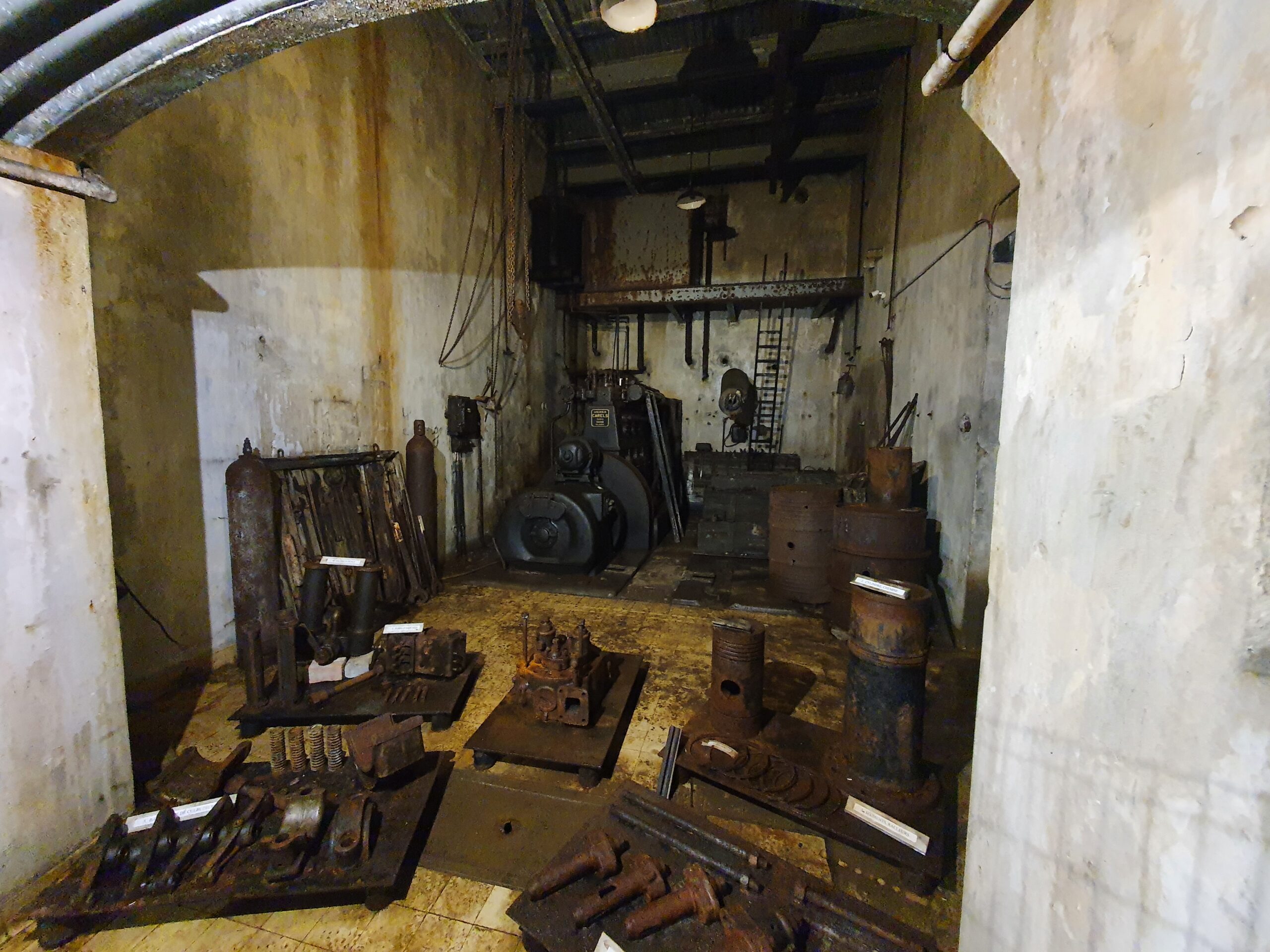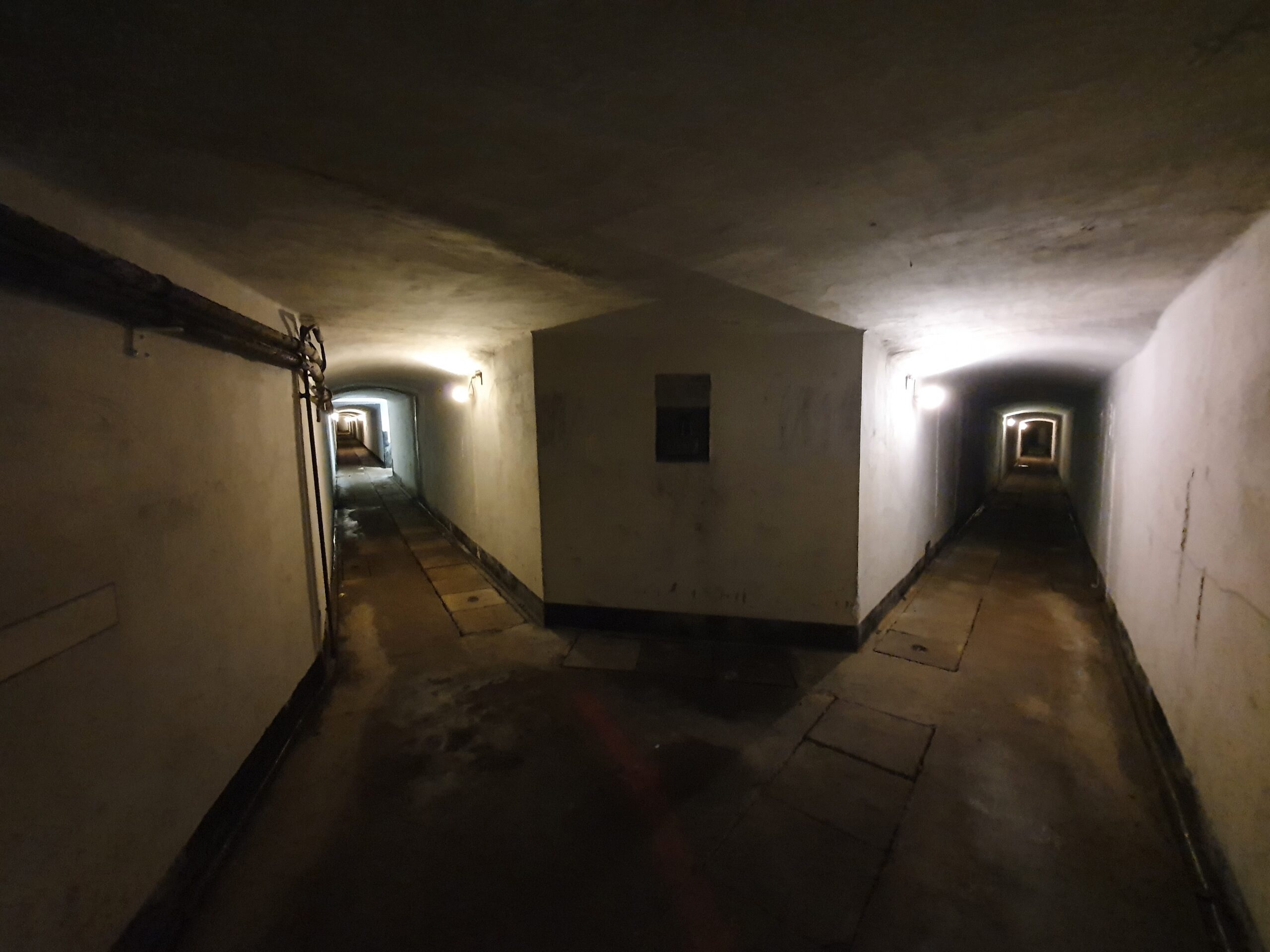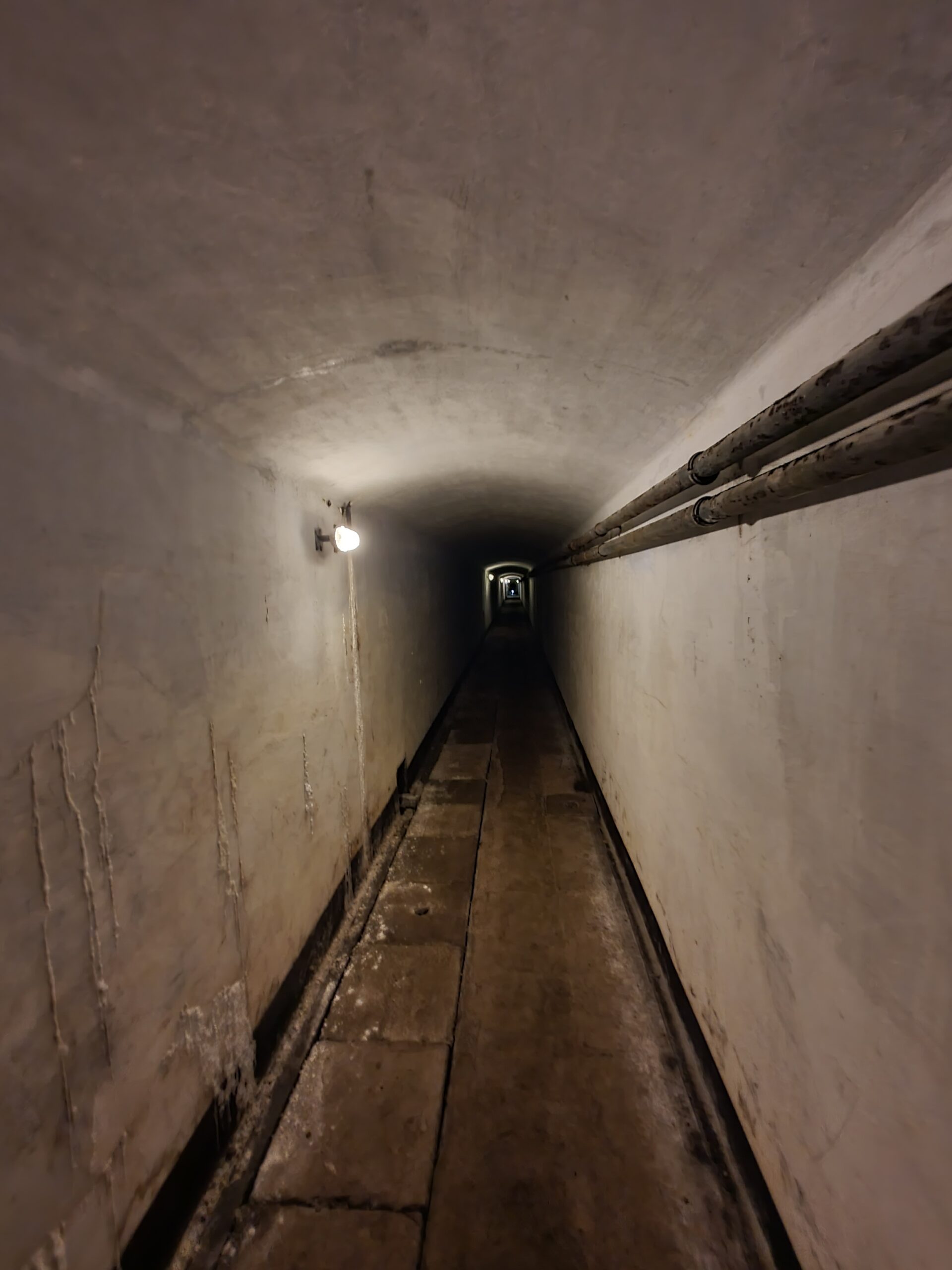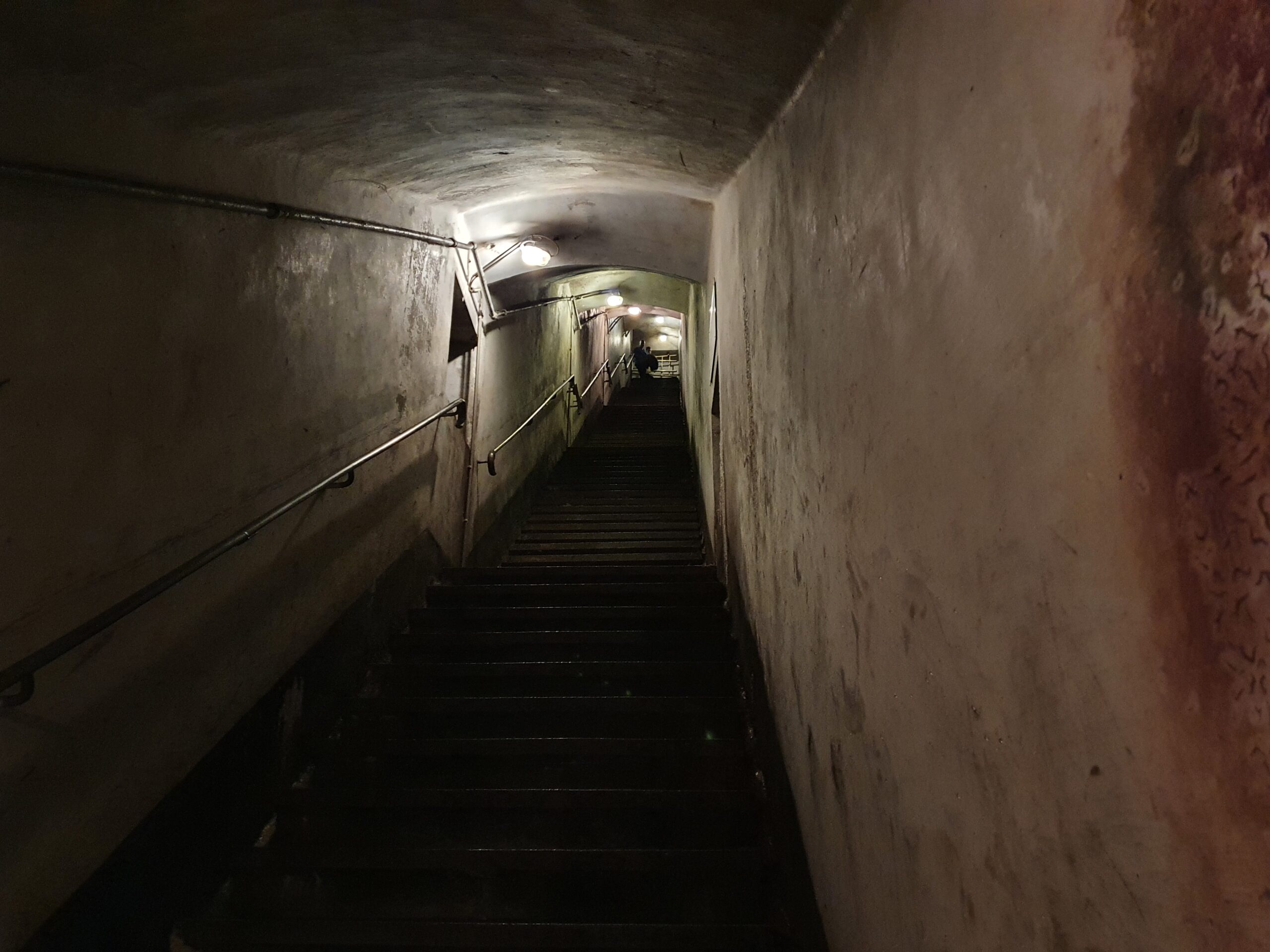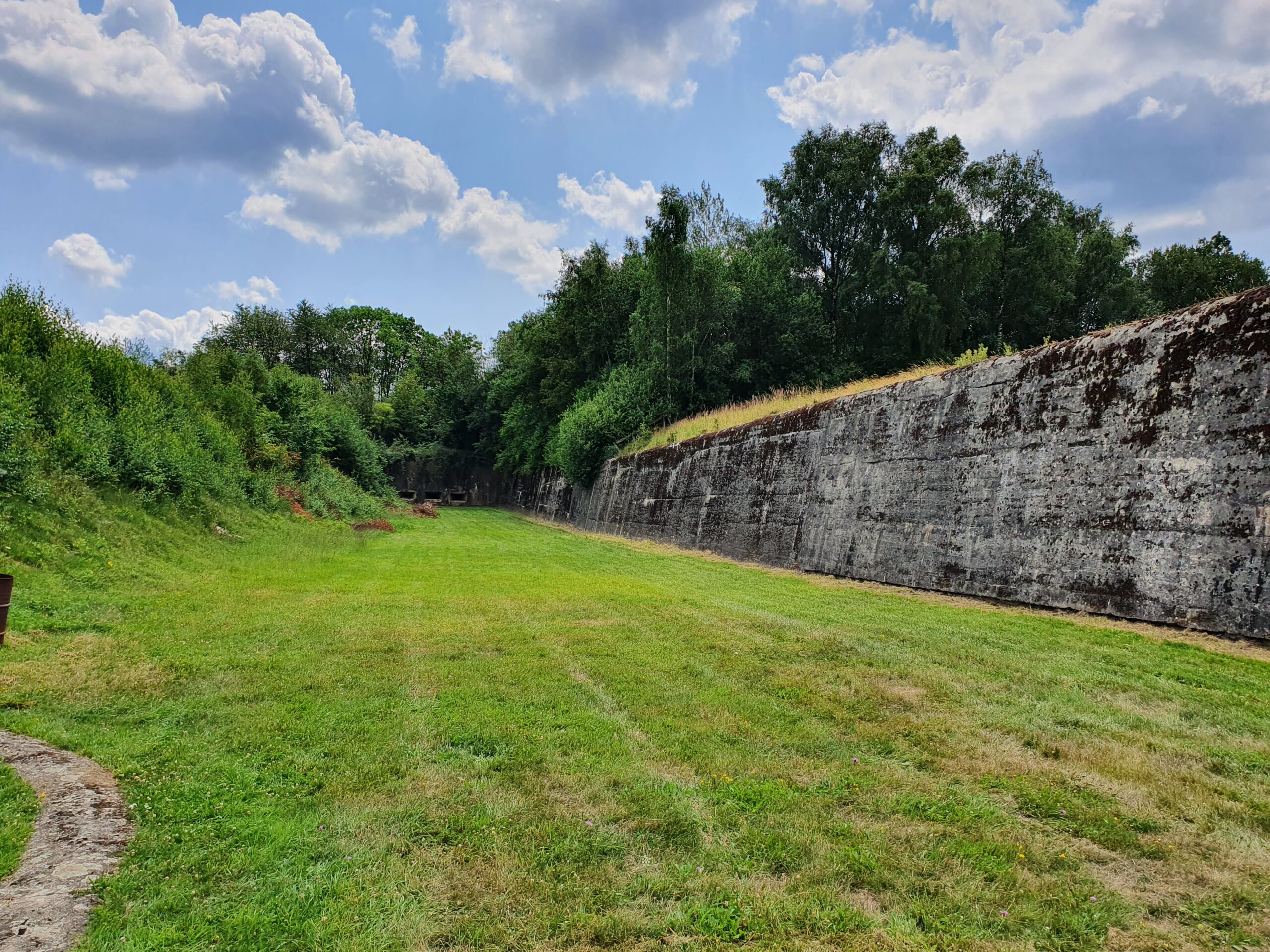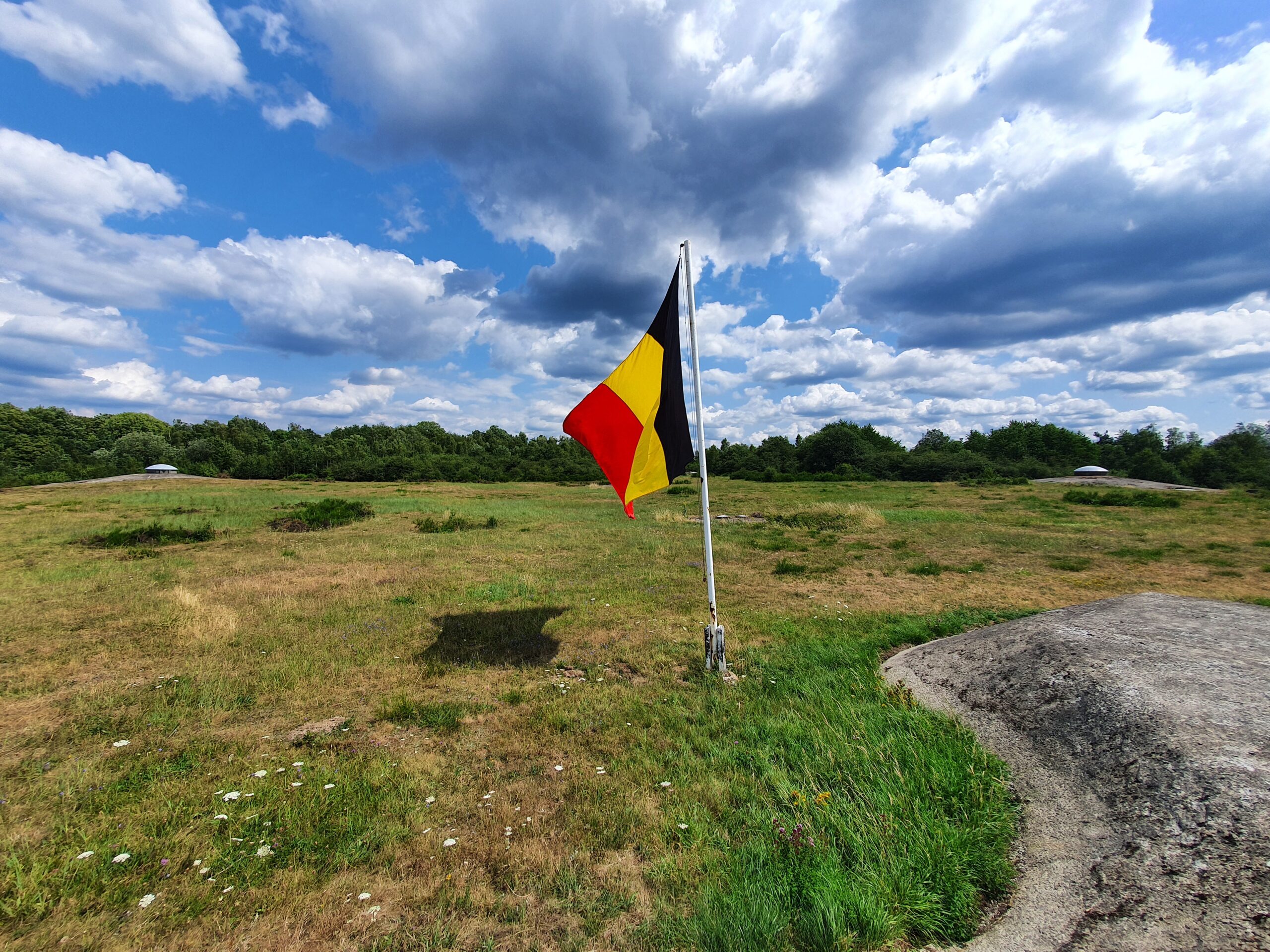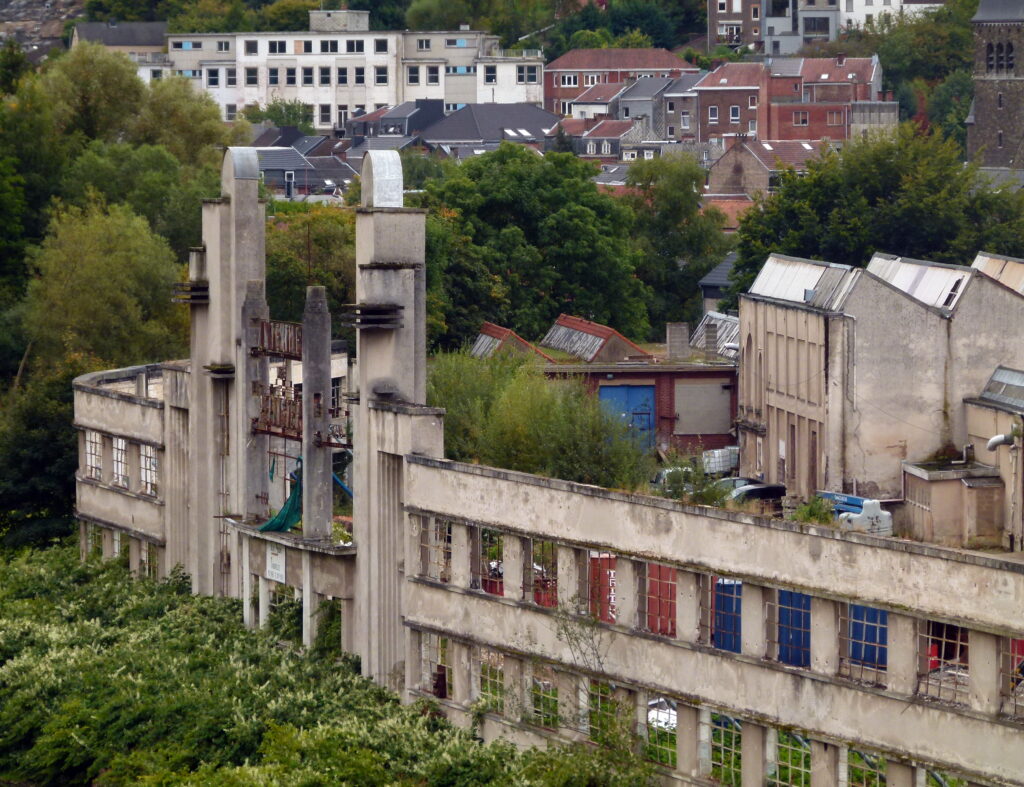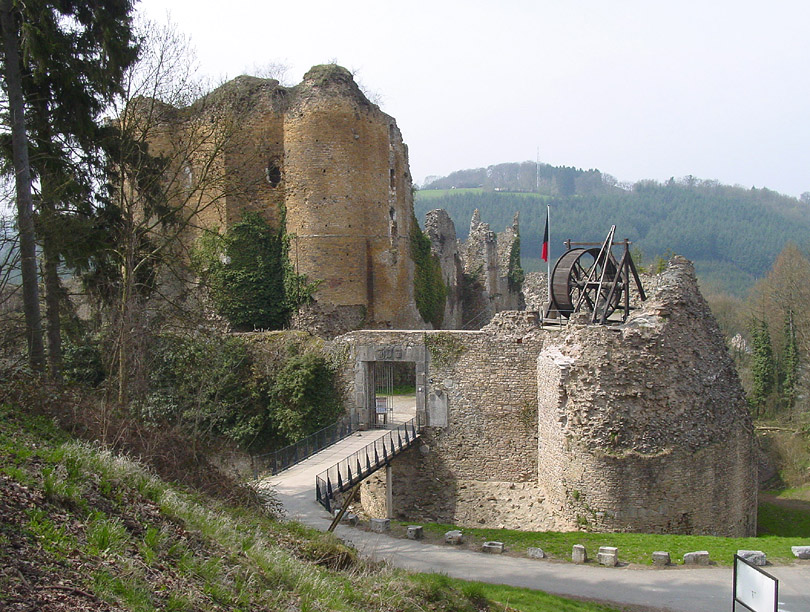
Tancrémont Fort — sometimes called Pepinster Fort — is a Belgian fort built in the 1930s, located 3 km south of Pepinster. It was part of the Fortified Position of Liège, which included 12 other forts built around 1880, and was added to the forts of Aubin-Neufchâteau, Battice and Ében-Émael. It was the last fort and the last Belgian unit to surrender to German forces during the 18 Days’ Campaign at the start of the Second World War. The site has been preserved and is open to visitors.
Galerie photos
Description
Tancrémont Fort is an example of the evolution of Belgian forts originally designed by General Brialmont before the First World War. Unlike the French Maginot Line, Belgian forts were built from reinforced concrete with significant improvements to the daily living conditions of their garrisons.
Tancrémont was small, with armament limited to 75 mm guns. The fort consisted of five combat blocks located along a ridge, but only their upper sections were visible from the surface.
The underground network contained 2 km of galleries connecting all the fort’s facilities. The 75 mm guns were Bofors Model 1934 pieces, while the 47 mm guns were FRC Model 1936. The fort was originally intended to be equipped with 120 mm guns, but Block B.III was ultimately fitted with machine guns instead.
History
Tancrémont-Pepinster Fort was completed in October 1936, although finishing work continued into 1937, making it the last of the Liège forts to be built. When the Germans invaded Belgium in May 1940, construction was still underway on the fort, with the main block accessible via open excavations — a major compromise to its defensive safety.
The Ében-Émael Fort had already fallen to German forces the day before the attack on Tancrémont. The forts of Battice and Aubin-Neufchâteau were also captured, but Tancrémont refused to surrender.
It did not finally capitulate until 29 May 1940, after the Belgian armistice had been signed. Captain Devos believed that the armistice order applied only to the field army, not the fort. The garrison was subsequently sent to a prison camp in Silesia.
Visits
Tancrémont-Pepinster Fort has been preserved in its original state and is open to visitors. Its main structure is located just south of the RN666, while blocks B.O and B.P are situated on the opposite side of the road.
The site is managed by the Amicale du Fort de Tancrémont, which grew out of the Fraternal Association of the Pepinster Fort founded in September 1942 by Captain Devos to bring together the soldiers and their families.
